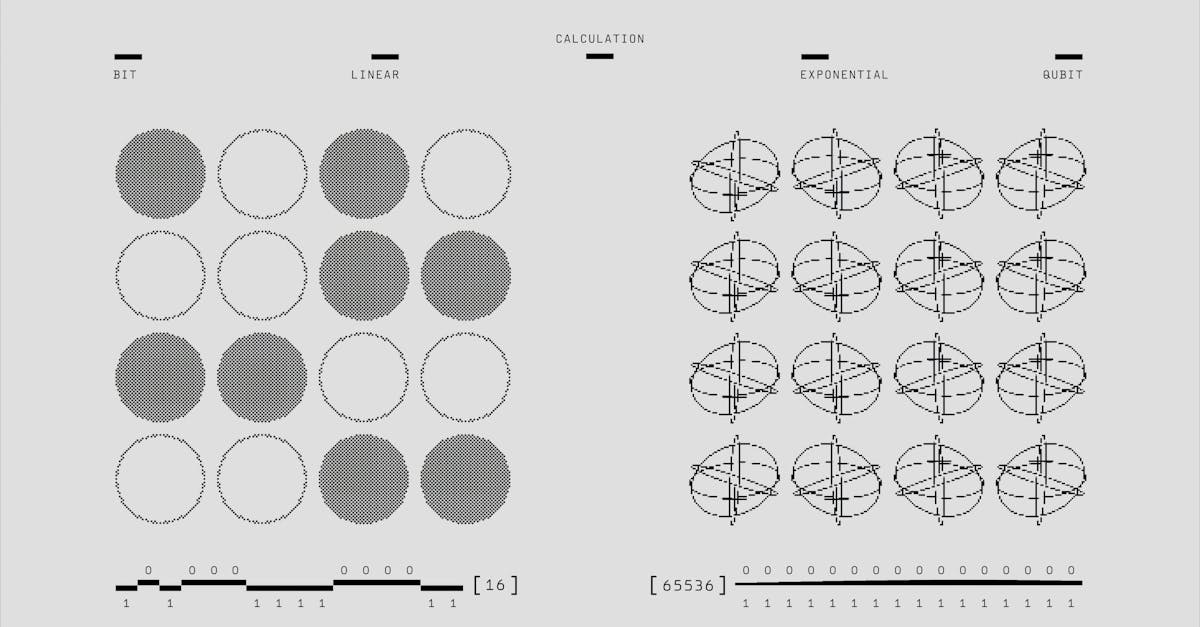Unveiling Helios: Quantum Computing’s Next Leap in Technological Innovation
Today, the tech world is buzzing with news from Quantinuum, a US- and UK-based company that has unveiled its third-generation quantum computer, Helios. This groundbreaking announcement marks a significant milestone in the quantum computing industry, as Helios boasts enhanced computing power and improved error correction capabilities.
Bridging the Gap: Quantum Advancements with Helios
While the pursuit of robust quantum computing solutions that can solve complex algorithms continues, Helios represents a critical step toward realizing these ambitions. It’s a testament to the ongoing advancements in technology and the commitment of industries towards achieving error-corrected quantum computations. Such developments are crucial for applications in material discovery and financial modeling, although we’re not quite there yet.
The Significance of Error Correction
One of the standout features of Helios is its enhanced error correction capability. Error correction in quantum computing is indispensable, as it ensures the stability and reliability of operations that are inherently error-prone due to quantum decoherence. Unlike classical computing, quantum computers operate using qubits, which require sophisticated algorithms to maintain coherence over time.
Real-World Applications: What Does The Future Hold?
With this latest update to Quantinuum’s offerings, industries from pharmaceuticals to finance are eying potential future applications. Here are some anticipated areas of impact:
- Material Discovery: Theoretical chemists are particularly excited, as quantum computers like Helios promise new methodologies for simulating molecular formations.
- Financial Modeling: The enhanced computational power allows for more accurate scenario analyses, which could revolutionize how financial forecasts are conducted.
- Cryptography: With more robust quantum capabilities, existing cryptographic systems may need to innovate to secure against quantum-level threats.
Comparing Current Technologies
Helios’ ion-based technology sets it apart from other quantum computers that rely on superconducting qubits. Ion traps are known for their longevity and stability, providing a more consistent framework for error correction. However, these systems are still far from performing at the level required for executing industry-standard quantum algorithms effectively. As the competition in quantum computing escalation continues, companies are racing to overcome these technological hurdles.
The Road Ahead: Challenges and Opportunities
Despite the excitement surrounding Helios, the industry must address significant challenges, including improving coherence times and reducing error rates further. Quantum computing is at the forefront of disruptive technology, and organizations like Quantinuum are pivotal in driving this change. Their developments invigorate AI, cloud computing, and provide insights for a digital lifestyle heavily reliant on accurate data and speed.
Conclusion: Are We Ready for a Quantum Revolution?
As quantum computing technology advances, the potential for groundbreaking applications expands. While practical use cases for the industry’s dream algorithms remain largely aspirational, advancements in machines like Helios lay the groundwork for future innovation. With continued research and collaboration, we are on the cusp of a new computing era capable of transcending current limitations.
For businesses looking to leverage cutting-edge AI and cloud solutions, partnering with an expert in the field is crucial. Visit EzraWave for insights on integrating quantum computing advancements into your workflow.
To stay updated on the latest developments, connect with us on Facebook, Twitter, Instagram, and YouTube.
